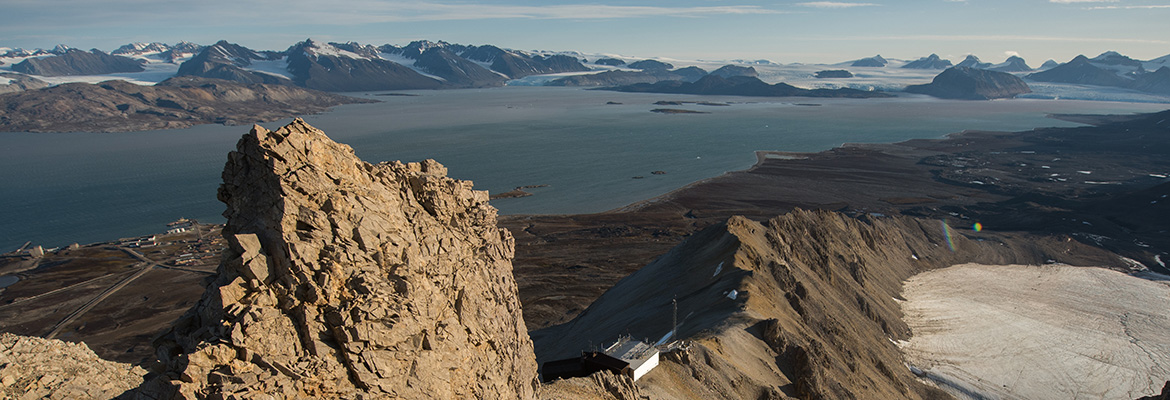
The ICOS Atmosphere network includes stations in 16 European countries. Each of the current 46 Atmosphere stations measures greenhouse gas concentrations (such as carbon dioxide and methane) in the atmosphere, as well as meteorological parameters.
Atmospheric measurements are usually taken on top of tall towers, in mountainous terrain or in remote environments. These stations are usually not influenced much by local phenomena but are rather exposed to atmospheric transport and processes covering larger areas. Thus, integral information on regional sources and sinks of greenhouse gases can be retrieved. Consequently, the selection of stations allows to cover large parts of the European continent with a limited number of stations.
Stations are run by a number of scientists, researchers, technicians and other staff members from the national ICOS networks. Operation and maintenance are carried out in varying and often challenging conditions. Each station is managed by a Principal Investigator. Atmosphere stations' Principal Investigators form together a Monitoring Station Assembly (MSA), which meets twice a year to discuss, develop and improve the scientific and technical bases of the observations at the Atmosphere stations.
All ICOS Atmosphere stations are highly standardised, utilising similar equipment and methodologies. Standard operation procedures define for example the overall setup, calibration strategies, and the data transfer of the stations.
The data collected at the Atmosphere stations are automatically processed and quality controlled by the Atmosphere Thematic Centre, then checked by the station Principle Investigator, jointly reviewed by the MSA, and finally published via the ICOS Carbon Portal. The Central Analytical Laboratories provide calibration gases and analyse samples taken at the ICOS Atmosphere stations for additional quality control and to extend the set of observed parameters.
ICOS Atmosphere stations network
The map shows where the ICOS Atmosphere stations are located.